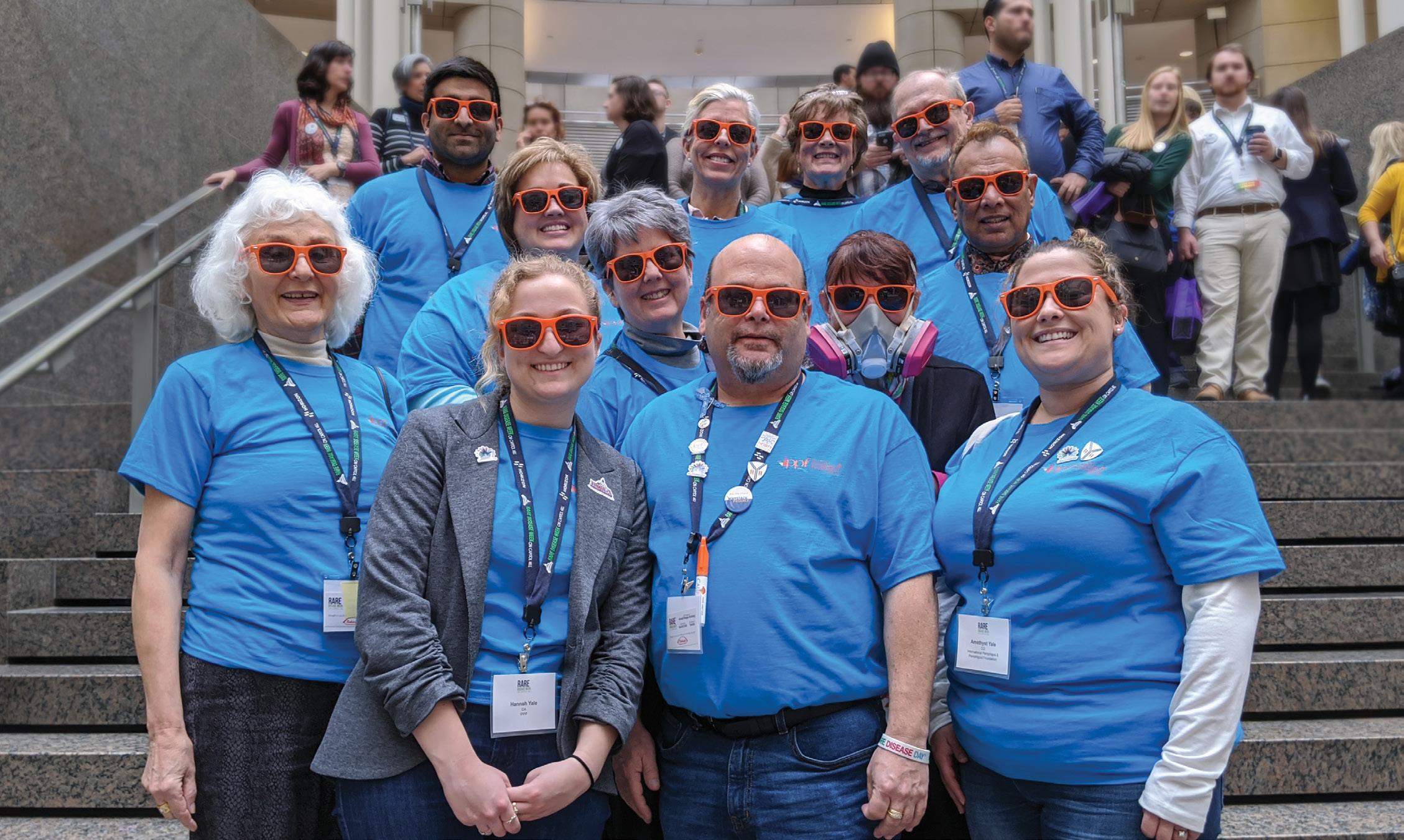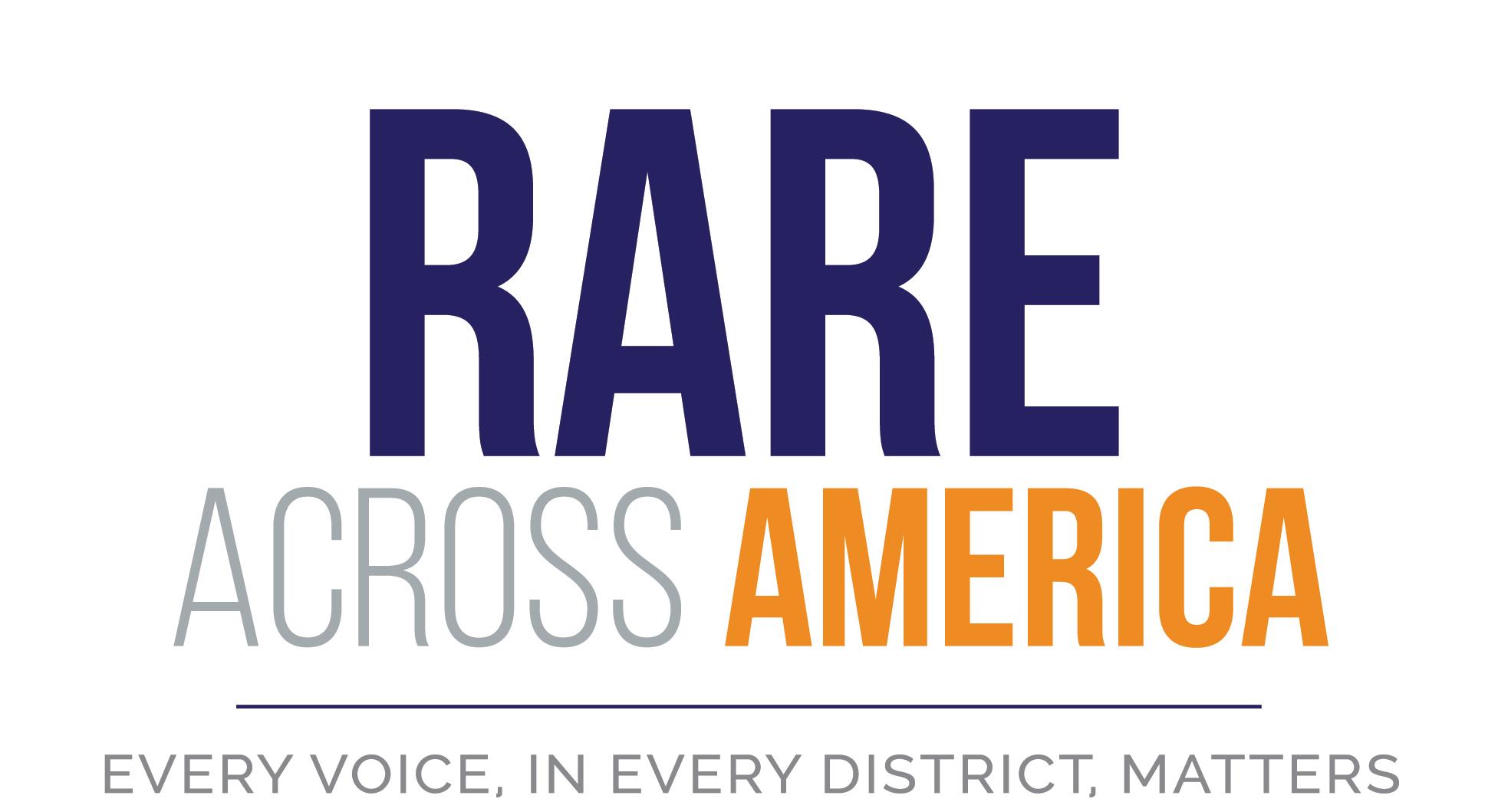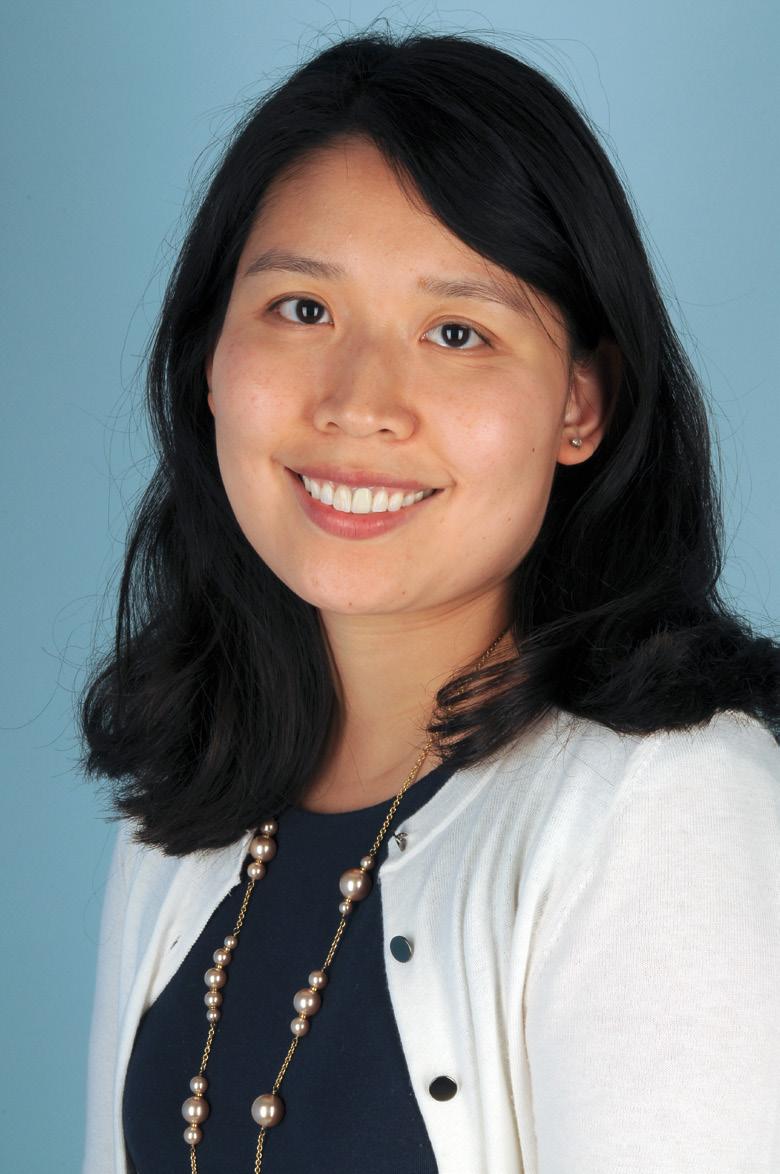
5 minute read
Patient Education at the Yankee Dental Congress
If someone had told me prior to my pemphigus diagnosis that I’d be speaking at dental schools and a dental congress for the International Pemphigus and Pemphigoid Foundation, I would’ve looked at them like they had two heads. Pemphi-what? Public speaking? Oh no, not me. I’d rather have a root canal. Well, 13 years later, here I am, a person all too familiar with the words “pemphigus vulgaris” and conquering my fear of public speaking as a patient educator with the IPPF.
My journey with pemphigus vulgaris (PV) began 13 years ago in the magical Land of Oz. Not Dorothy’s Oz, but Australia. Believe me though, I could relate to Dorothy’s quest in search of the Wizard who might help her get home as I searched for a specialist who could diagnose and treat my disease.
Advertisement
By 2006, I had taught English in China, worked for a global engineering company in San Francisco, and had just moved to Australia to start a new adventure. I prided myself on my adaptability and readiness to take on new challenges. But these attributes did not prepare me for what was to come. I was 45 and looked and felt remarkably healthy when painful lesions started to appear on my gums and inside my mouth. The blisters peeled off like layers of tissue paper and I began to lose weight quickly. I panicked because as much as I didn’t want to trust my instincts, I knew something was terribly wrong. I returned to the United States in search of a diagnosis. I then saw 14 specialists, was misdiagnosed, and given inappropriate treatments before finally finding a physician who would treat me. When my biopsy confirmed PV, I had no idea how radically my life would change. This new word, “pemphigus,” like the disease, was going to become a part of my everyday life.
My PV progressed quickly from my mouth to almost every part of my body. The first few years of treatment were my “trial-and-error-pill-popping phase,” as I tried to determine the most effective medication and appropriate dosages, while minimizing adverse side effects. After a port-a-cath implant, I had close to 150 IVIG and dozens of rituximab infusions. Oftentimes, the side effects of the medications were worse than the blisters that covered my body. I learned that the power of these medications was not to be taken lightly. I adjusted my diet, since certain foods triggered oral lesions. I also altered the way I bathed because the blisters on my body and scalp—comparable to second degree burns— could not withstand water pressure. Having gone in and out of remission over the last 13 years, I now know my mouth and my body and how I respond to medication. I’ve learned to manage my disease. When I feel a flare emerging, my physician and I partner in determining the best course of action.
Armed with this firsthand experience and accumulated knowledge of my disease, I started volunteering for the IPPF. I co-lead IPPF Boston Support Group meetings; am an awareness ambassador; serve as a patient educator, where I speak at dental schools in the New England region; and volunteer at the IPPF exhibit booth at the annual Yankee Dental Congress (YDC).
Every year, I look forward to participating in the YDC, New England’s largest meeting for dental professionals seeking continuing education, dental products, services, and resources. With nearly 25,000 dental professionals in attendance, YDC is the fourth largest dental meeting in the country. Held in Boston each January, YDC is sponsored by the Massachusetts Dental Society, in cooperation with the dental associations of Connecticut, Maine, New Hampshire, Rhode Island, and Vermont.
The IPPF’s participation offers a strategic opportunity to educate thousands of dental professionals about P/P, which most often present initially in the oral mucosa. I remember when the IPPF first launched its Awareness Campaign by targeting the dental community. I couldn’t think of a more appropriate and thoughtfully designed program as I reflected on my own experience of seeing dentist after periodontist, oral pathologist after oral surgeon, physician after specialist, in my search for a diagnosis and treatment plan.
This past January, not only did I work the IPPF booth on the YDC exhibit floor, but I also had the special opportunity to participate in a YDC dental continuing education course alongside Dr. Donna Culton, Associate Professor, Department of Dermatology, University of North Carolina, Chapel Hill, and Dr. Joel Laudenbach, Associate Professor, Department of Oral Medicine, Atrium Health, titled “Know-ItWhen-You-See-It: Diagnosis and Initial Treatment of Oral Pemphigus Vulgaris.” We spoke to an audience of approximately 60 dental professionals and provided the dermatologist, oral medicine specialist, and patient perspectives. My presentation, which focused on the patient’s journey to a diagnosis, was between the two medical professionals’ presentations. While Drs. Culton and Laudenbach provided important scientific and clinical information about the disease, I gave my personal perspective of living with this rare disease.
Prior to this YDC speaking engagement, I had presented to hundreds of dental students during patient educator presentations. This was my first time speaking to an audience consisting solely of practicing dental professionals, yet my story was the same. The dental professionals in the audience will continue to spend most of their careers cleaning, examining, and assessing their patients’ oral cavities. These dental professionals may in fact be the first point of contact for a patient with a rare oral disease. They have the unique opportunity, as well as the obligation, to help identify any oral pathology they come across and steer the course of their patients’ lives. In doing so, they can save both their patients, as well as other specialists, precious time and resources.
Being an IPPF patient educator has pushed and challenged me in ways I never thought possible. Sharing a deeply personal medical experience to large groups of strangers in a public setting is nothing I would have imagined 13 years ago. But if the goal is to educate current and next-generation dental professionals so that future patients will be diagnosed faster and their suffering will be alleviated sooner, then I can step up and out of my comfort zone.
Ellen Levine is from Boston and works for the Armenise Harvard Foundation, a foundation that supports leading scientists at Harvard Medical School and at institutions in Italy, in the pursuit of scientific discovery in the field of medicine.









